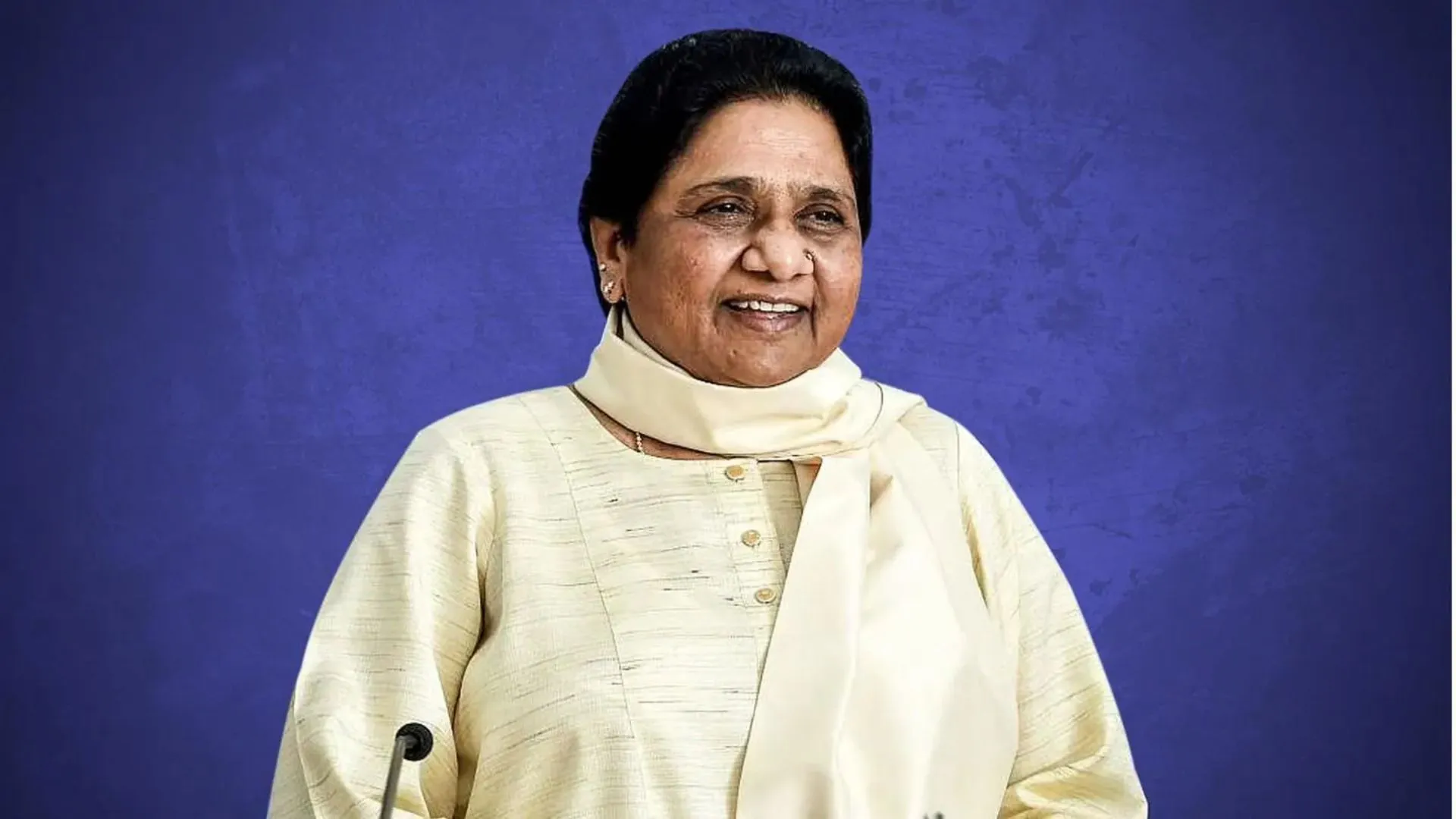Moody’s Analytics anticipates that India’s forthcoming 2024-25 budget, scheduled for presentation in Parliament on Tuesday, will likely mark a pivotal moment for the country’s economic strategy. The budget, influenced by recent political developments and economic imperatives, is expected to prioritize increased capital expenditure and potentially introduce a more standardized approach to taxation.
Following the loss of its absolute majority in the Lok Sabha in June, Prime Minister Narendra Modi’s Bharatiya Janata Party (BJP) is now navigating a coalition government, aiming to restore public confidence and stability. Aditi Raman, Associate Economist at Moody’s Analytics, suggests that amidst these shifts, maintaining fiscal prudence while supporting economic growth remains paramount.
While the interim budget earlier this year maintained tax rates, Raman underscores the necessity for any uptick in government spending to be accompanied by corresponding increases in tax revenues, be it through direct or indirect taxation, to prevent fiscal deficits from widening.
Despite the political realignments post-election, Moody’s Analytics does not foresee drastic departures from India’s existing economic policies. Raman emphasizes continuity with the pre-election budget’s emphasis on infrastructure development, support for manufacturing, and fiscal discipline.
Moody’s Analytics highlights that the upcoming budget will likely influence business and consumer confidence significantly. It anticipates that capital expenditure on infrastructure and funding for production-linked incentive schemes will either be maintained or increased, reflecting a continued commitment to economic expansion through robust investment.
Moreover, the budget is expected to introduce reforms aimed at standardizing taxation practices, although the overarching approach is anticipated to maintain policy consistency amidst the backdrop of recent electoral surprises.
Moody’s Analytics projects India to sustain one of the fastest-growing economies in the Asia-Pacific region throughout 2024 and 2025, driven largely by government spending, in contrast to other regional economies where domestic consumption and exports play pivotal roles.
In recent years, capital expenditure has emerged as a critical driver of India’s economic growth, particularly through strategic investments in infrastructure. The interim Union Budget for the fiscal year ending March 2025 had already allocated approximately USD 134 billion, equivalent to 3.4 percent of GDP, towards capital expenditure, marking an 11.1 percent increase from previous levels.
As India prepares to unveil its full budget for 2024-25, the focus remains on balancing economic stimulus with fiscal prudence, navigating political shifts, and sustaining momentum in key growth sectors. The budget’s unveiling will not only shape India’s economic trajectory but also influence investor sentiment and broader economic stability in the region.























